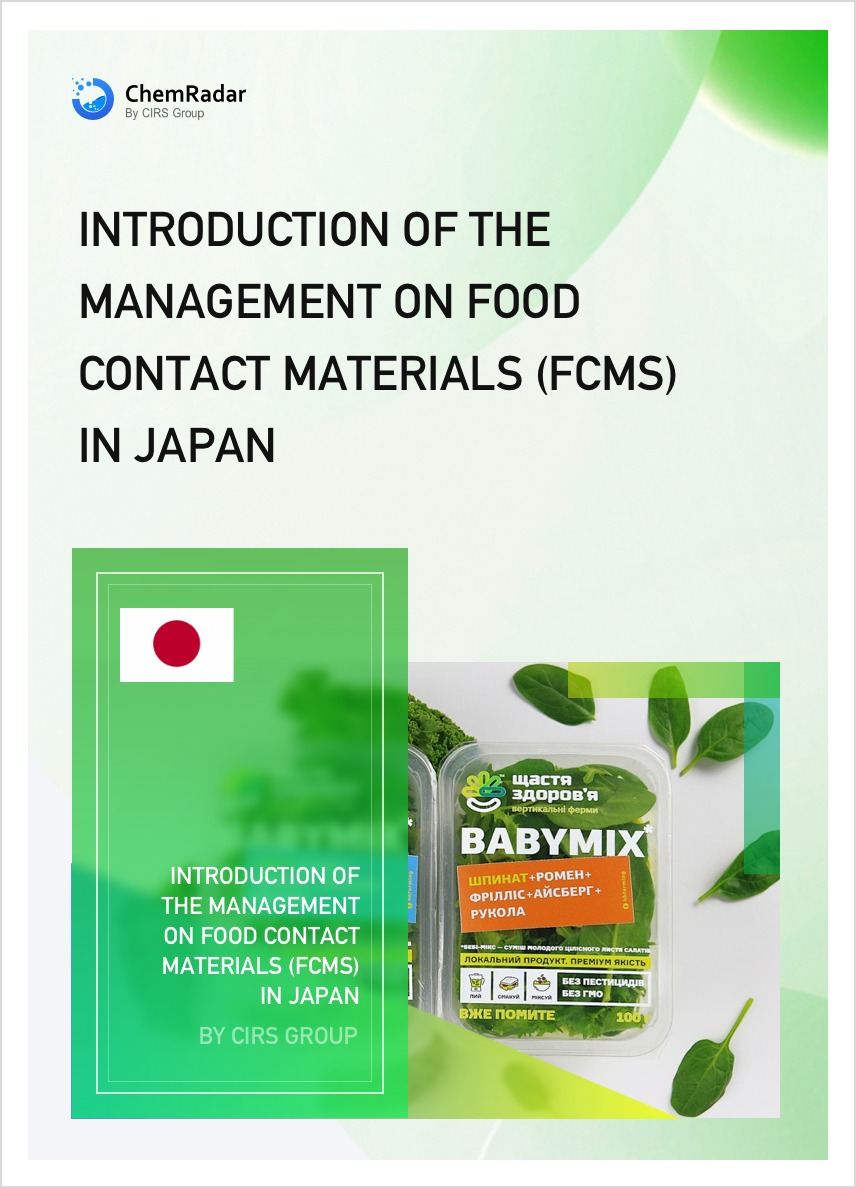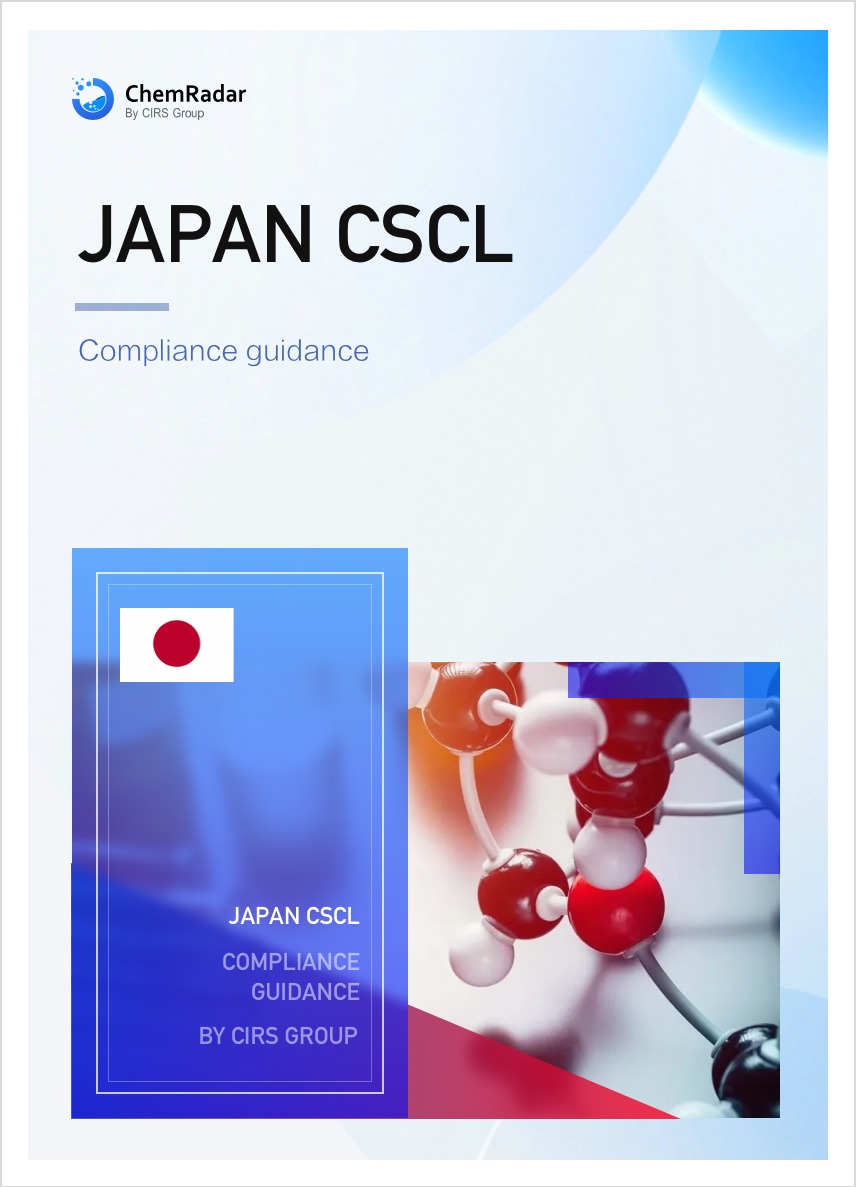Japan’s current GHS regulations are the 'Chemical Classification' (JIS Z7252: 2019) and the 'Hazard Communication of Chemicals—Labels and Safety Data Sheets' (JIS Z7253: 2019), which are based on the United Nations UN GHS Revision 6. These regulations are expected to be revised in 2025.
Both JIS standards are reviewed and established by the Japanese Industrial Standards Committee (JISC). JIS Z7252 primarily specifies the classification methods for the physical, chemical, health, and environmental hazards of chemicals. JIS Z7253 is the standard for hazard communication based on GHS classification, mainly outlining the specific requirements for SDS (Safety Data Sheets) and labels.
With updates to the Globally Harmonized System of Classification and Labelling of Chemicals (updated every two years) and new requirements from further implementation, it is necessary to update the current standards to maintain alignment with the UN GHS document. In 2023, JISC initiated the update process. The latest UN GHS standard in 2023 is Revision 9, so the revised documents to be published in 2025 will be based on UN GHS Revision 9.
The main revisions to JIS Z7252: 2025 are as follows:
1. Explosives
The current classification of explosives consists of seven categories: unstable explosives and items 1.1–1.6. After revision, it will adopt the categories from UN GHS Revision 9, changing to two main categories with four subcategories: Explosives Category 1, 2A, 2B, and 2C. The changes to explosive categories are significant, so relevant companies should prepare as early as possible.

|
Category |
Subcategory |
Standard |
|
1 |
|
The following explosive substances, mixtures, and articles: (a) Not assigned to a division, and (i) Are manufactured to produce an explosive or pyrotechnic effect; or (2) Substances or mixtures showing a "+" result in the test series 2 of the Manual of Tests and Criteria or (b) Not contained in the primary packaging of an assigned item, unless they are explosive articles of the following assigned items: (1) Without primary packaging; or (2) In primary packaging that does not mitigate the explosive effect, taking into account intermediate packaging materials, spacing, or critical orientation. |
|
2 |
2A |
Explosive substances, mixtures, and articles assigned to the following items: (a) Items 1.1, 1.2, 1.3, 1.5, or 1.6; or (b) Item 1.4 and do not meet the criteria of subcategories 2B or 2C. |
|
2B |
Explosive substances, mixtures, and articles assigned to item 1.4 and compatibility groups other than S, meeting the following conditions: (a) Do not detonate or fragment during normal functioning; and (b) Do not exhibit a severe hazard event in Test 6(a) or 6(b) of the Manual of Tests and Criteria; and (c) Do not require mitigation design, other than that possibly provided by primary packaging, to reduce severe hazard events. |
|
|
2C |
(a) Do not detonate or fragment during normal functioning; and (b) Do not exhibit a severe hazard event in Test 6(a) or 6(b) of the Manual of Tests and Criteria, or, in the absence of such test results, do not exhibit similar results in Test 6(d); and (c) Do not require mitigation design, other than that possibly provided by primary packaging, to reduce severe hazard events. |
2. Flammable gases
The 2025 edition will add flammable gas category 1B. For determination, refer to the UN GHS definition for category 1B.

3. Aerosols
Under the aerosol category, a new classification for pressurized chemicals is added. Pressurized chemicals refer to liquids or solids (e.g., pastes or powders) pressurized at 20°C with a gas to a pressure equal to or greater than 200 kPa (gauge pressure) in pressure receptacles other than aerosol dispensers. Pressurized chemicals can be divided into 3 subcategories:
|
Category |
Standard |
|
1 |
Any pressurized chemicals meeting the following values: (a) Contains ≥ 85% flammable components (by mass); and (b) Combustion heat ≥ 20 kJ/g. |
|
2 |
Any pressurized chemicals meeting the following values: (a) Contains > 1% flammable components (by mass); and (b) Combustion heat < 20 kJ/g; or: (a) Contains < 85% flammable components (by mass); and (b) Combustion heat ≥ 20 kJ/g. |
|
3 |
Any pressurized chemicals meeting the following values: (a) Contains ≤ 1% flammable components (by mass); and (b) Combustion heat < 20 kJ/g. |
4. Skin corrosion/irritation
Added a new non-animal test method in vitro/ex vivo test classification method. If this classification method is followed, the in vitro/ex vivo tests must be based on OECD test guidelines.
The main revisions of JIS Z7253: 2025 are as follows:
1. Hazard statements and precautionary statements
Since some hazard classifications have been revised in JIS Z7252: 2025, corresponding hazard statements (H phrases) and precautionary statements (P phrases) have been deleted, updated, or adjusted.
|
Delete |
H200 |
Unstable explosives |
|
H201 |
Explosives: mass explosion hazard |
|
|
H202 |
Explosives: severe projection hazard |
|
|
H203 |
Explosives: fire, blast or projection hazard |
|
|
H205 |
May mass explode in fire |
|
|
P201 |
Obtain instructions before use. |
|
|
P202 |
Do not handle until all safety precautions have been read and understood. |
|
|
New addition |
H209 |
Explosive |
|
H210 |
Very sensitive |
|
|
P203 |
Obtain, read, and follow all safety instructions before use. |
2. Precautionary statements
Adopting the precautionary statement approach from the UN GHS allows for more flexible application. Omit where not applicable, and some statements can be combined or used together.
3. Appendix D: Editing and Preparing SDS
Appendix D covers SDS preparation. Changes to SDS preparation due to classification updates will be revised accordingly. Additionally, amendments to the 'Industrial Safety and Health Act' may impact SDS preparation, and adjustments will be made based on new regulations.
The latest documents, JIS Z7252:2025 and JIS Z7253:2025, were originally scheduled for release by September 2025. However, due to revisions in other regulations, their publication may be delayed until 2026. New regulations typically include a transition period of 3-5 years. Currently, we need to prepare for revisions in advance to ensure uninterrupted trade.


